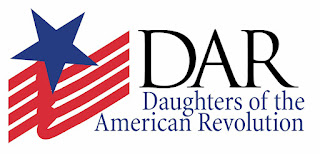 |
| Lake Bonaparte |
A great digitized resource that serves as a useful companion to Old Fulton NY Postcards, is Northern New York Historical Newspapers, a site that provides for free searches of historical newspapers by county. Counties with digitized newspapers include: Oswego, St. Lawrence, Jefferson, Franklin, Clinton, Essex, and Lewis. The kind of information you can get there is just exceptional, including advertisements, legal matters, and social notes. One of the most useful is the social brief which tells of an individual who visits a cousin. That can be very useful for sorting out relationships in a family tree.
Reading about the way things once were is also a treat. For example, the February 6, 1872 Watertown Re-Union has an article on Joseph Bonaparte's (yes, brother of Napoleon) purchase of land at Natural Bridge, Lewis County, where he built an estate in the early 1800's. And why not? The area is indeed beautiful. Especially pleasant are the easy searches of the newspapers.
See http://news.nnyln.net/ and enjoy. Image below from New York State Department of Enviromental Conservation at http://www.dec.ny.gov/lands/8009.html
.






